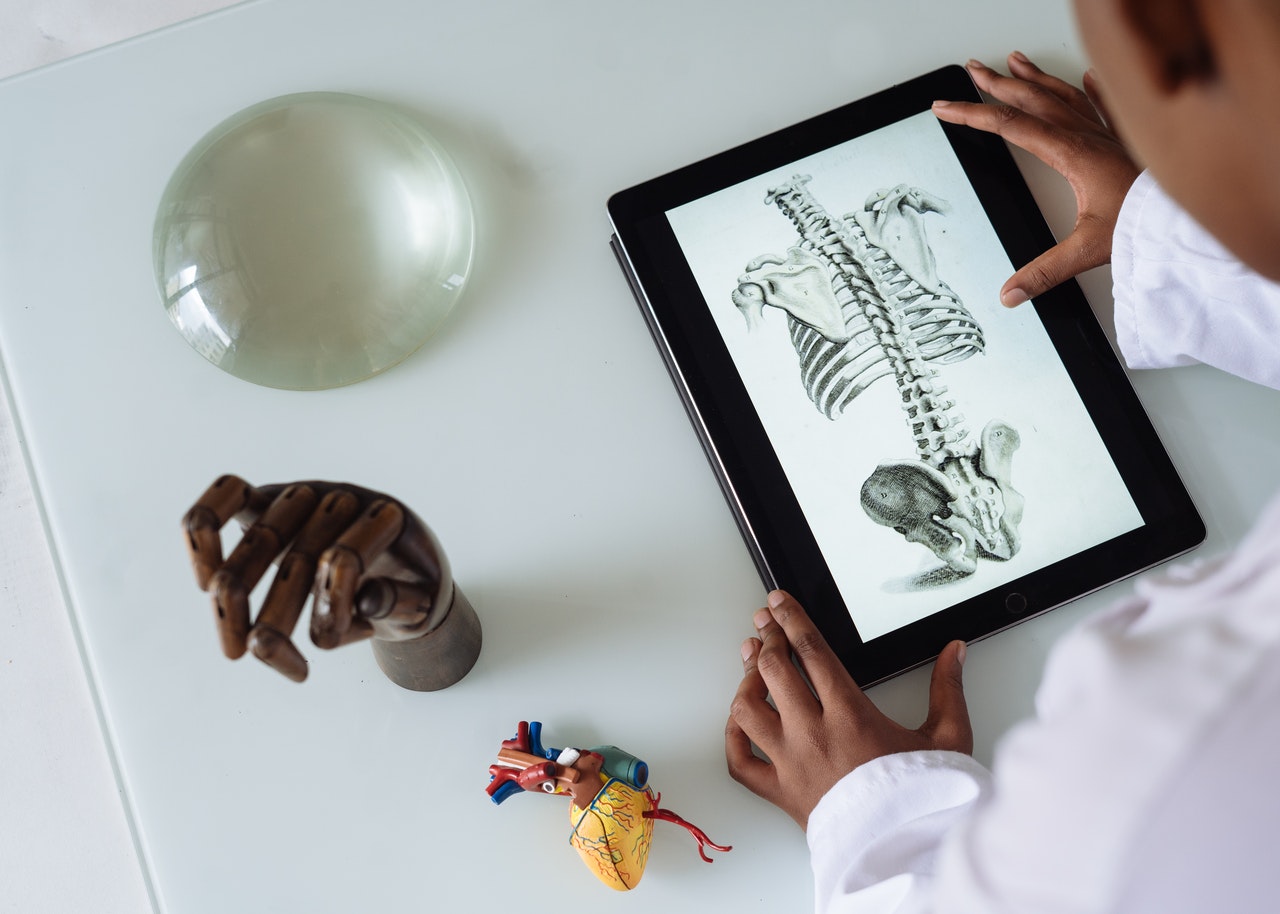Are you looking for tips to teach students to use learning materials appropriately? If so, keep reading.
1. Teach the student that lending their school-related learning materials to other students does not lessen their responsibility for the learning materials.
2. Teach the student to conserve rather than waste school-related learning materials (e.g., amount of glue, paper, tape, etc., to use; putting lids, caps, and tops on such learning materials as markers, pens, bottles, jars, cans, etc.).
3. Teach the student appropriate ways to deal with anger and frustration rather than destroying school-related learning materials.
4. Teach the student to handle school-related learning materials (e.g., keep learning materials with him/her, know where learning materials are at all times, secure learning materials in lockers, etc.).
5. Give the student an appropriate space to store/secure school-related learning materials (e.g., desk, locker, closet, etc.). Make the student store all learning materials not in use.
6. Show the student that failure to care for school-related learning materials will result in the loss of their use.
7. Give reminders (e.g., a list of school-related learning materials) to help the student keep and care for school-related learning materials.
8. Restrict the student’s freedom to school-related learning materials from school if they are unable to return such things.
9. Teach the student appropriate use of school-related learning materials (e.g., scissors; pencils; compass; rulers; science, industrial arts, and home economics learning materials; etc.).
10. Give the student oral reminders of school-related learning materials needed for each learning experience.
11. Make sure that failure to have appropriate school-related learning materials results in the loss of the chance to take part in learning activities or a failing grade for that day’s learning experience.
12. Minimize the number of school-related learning materials for which the student is responsible. As the student shows appropriate care of learning materials, increase the number of learning materials for which the student is responsible.
13. Teach the student safety rules in the handling of school-related learning materials (e.g., pencils; scissors; compass; science, industrial arts, and home economics learning materials; etc.).
14. Require that lost or damaged school-related learning materials be replaced by the student. If the student cannot replace the property, compensation can be made by working at school.
15. Make sure the student is not inadvertently reinforced for losing or damaging school-related learning materials (e.g., replace lost learning materials with used or damaged learning materials, copies of the learning materials, etc., rather than new learning materials).
16. Restrict the student’s chance to use school-related learning materials if they are unable to care for their own personal property.
17. Consider using a classroom management app. Click here to view a list of apps that we recommend.
18. Consider using an adaptive behavior management app. Click here to view a list of apps that we recommend.
19. Consider using Alexa to help the student learn to behave appropriately. Click here to read an article that we wrote on the subject.
20. Click here to learn about six bonus strategies for challenging problem behaviors and mastering classroom management





